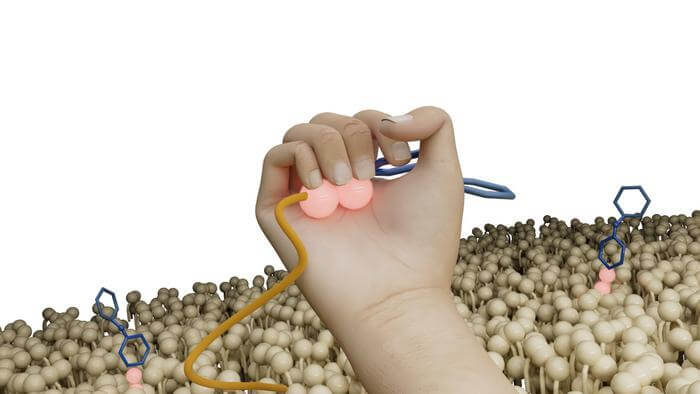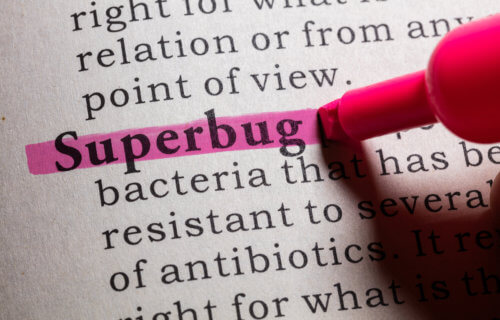UTRECHT, Netherlands — A powerful antibiotic named Clovibactin, capable of tackling superbugs, has been discovered in the “dark matter” of bacteria. This new drug eradicates bacteria in a unique manner — making it incapable of forming a resistance to medications.
Scientists in the United States succeeded in cultivating what they’re calling “bacterial dark matter” — a reference to previously unculturable bacteria. Intriguingly, 99 percent of all bacteria fall under this “unculturable” category, eluding cultivation in labs. This limitation meant these bacteria couldn’t be explored for potential antibiotics.
Researchers identified Clovibactin within bacterial dark matter extracted from sandy soil in North Carolina. Its development involved a collaborative effort by an international team from Utrecht University, Bonn University, the German Center for Infection Research (DZIF), Northeastern University of Boston, and NovoBiotic Pharmaceuticals in Cambridge, Massachusetts. Importantly, NovoBiotic and Northeastern University co-developed a device that facilitates the cultivation of this bacterial dark matter.
Dr. Markus Weingarth, from the Chemistry Department of Utrecht University, employed a sophisticated technique known as solid-state nuclear magnetic resonance (NMR) to study Clovibactin’s mechanism in conditions that mimic those in bacteria.
“We urgently need new antibiotics to combat bacteria that become increasingly resistant to most clinically used antibiotics,” says Dr. Weingarth in a media release.
“Clovibactin is different. Since Clovibactin was isolated from bacteria that could not be grown before, pathogenic bacteria have not seen such an antibiotic before and had no time to develop resistance.”

Clovibactin has shown efficacy against a range of bacterial pathogens, including in mice infected with the superbug Staphylococcus aureus. Instead of targeting a single molecule, it focuses on three distinct precursor molecules — all vital for constructing the bacterial cell wall.
“The multi-target attack mechanism of Clovibactin blocks bacterial cell wall synthesis simultaneously at different positions. This improves the drug’s activity and substantially increases its robustness to resistance development,” says Prof. Tanja Schneider from the University of Bonn in Germany.
“Clovibactin wraps around the pyrophosphate like a tightly sitting glove. Like a cage that encloses its target,” Weingarth adds.
“As Clovibactin only binds to the immutable, conserved part of its targets, bacteria will have a much harder time developing any resistance against it. In fact, we did not observe any resistance to Clovibactin in our studies.”
The findings, shared in the journal Cell, also explain that the drug’s name, Clovibactin, comes from the Greek word “Klouvi,” meaning “cage,” a reflection of its unique mechanism. Another discovery was that Clovibactin self-assembles into large fibrils on bacterial membrane surfaces. These fibrils, which researchers say are remarkably stable, ensure that the target molecules remain engaged for the duration required to eliminate the bacteria.
“Since these fibrils only form on bacterial membranes and not on human membranes, they are presumably also the reason why Clovibactin selectively damages bacterial cells but is not toxic to human cells,” Weingarth concludes. “Clovibactin hence has potential for the design of improved therapeutics that kill bacterial pathogens without resistance development.”
You might also be interested in:
- Forgotten antibiotic from the 1940s could save the world from drug-resistant superbugs
- Antibiotic-resistant bacteria contaminates an entire hospital ICU
- Pet dogs and cats could be spreading antibiotic-resistant superbugs to their owners
South West News Service writer Jim Leffman contributed to this report.

